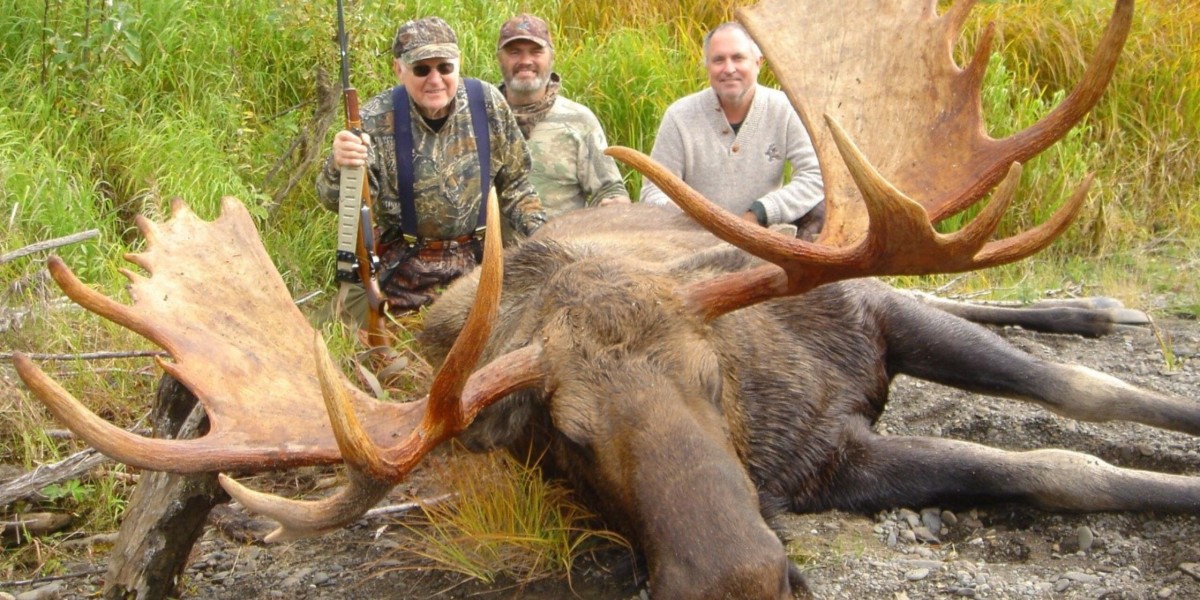Whether you’re a seasoned hunter or seeking a once-in-a-lifetime experience, embarking on a multi-day hunting trip promises unforgettable moments in nature.
Here’s what you can expect day-by-day on a typical moose-hunting expedition.
Travel to the Base Camp
Your journey begins with travel to the hunting outfitter's base camp. Typically, this involves flying or driving to a remote wilderness location where the outfitter's staff awaits your arrival.
Once there, you’ll be introduced to the guides and outfitted with any additional gear necessary for the hunt.
Depending on the service you choose, you may either set up camp in a secluded region or settle into a pre-established base camp with other hunters.
Setting Up Camp
Once at the hunting base camp, it's time to get settled. If you opt for a guided hunting experience, the outfitter will likely have much of the camp setup done, including tents, heating, and cooking arrangements.
However, for more independent, unguided trips, you’ll spend this day setting up your tent, gathering firewood, and preparing your base for the days ahead. Meals are often simple but hearty, offering fuel for the physical demands of hunting.
First Scouting and Strategy
On the first full day, you and your guides will scout the surrounding area. Moose are elusive animals, and the key to a successful hunt often lies in understanding the terrain and identifying signs of moose activity.
This may include spotting tracks, fresh rubs, or droppings. During this time, guides share valuable insights on moose behavior and set strategies for the upcoming days.
Patience is crucial, as locating moose requires quiet observation and keen attention to detail.
The Hunt Begins
Day four marks the beginning of your active hunting experience. Rising before dawn, you’ll set out with your guide into the vast wilderness, often by foot or boat.
Moose tend to be more active during the early morning or late afternoon, so you’ll spend these hours calling, listening, and scanning the area for movement. This is a physically demanding day, often involving long hours of hiking and waiting.
Tracking and Stalking
If you’ve spotted a moose or heard responses to your calls, day five is typically spent tracking your target. Stalking a moose requires careful navigation, particularly in dense forests or wetlands.
Wind direction, sound, and cover play vital roles in getting close to the animal without being detected. Your guide will help you maintain the perfect distance and approach, increasing your chances of a successful shot.
The Harvest and Field Dressing
Once you’ve taken your shot and successfully downed a moose, the hard work truly begins. Depending on the size of the animal and the terrain, harvesting a moose can take several hours.
This involves field dressing the animal to preserve the meat and prepare it for transport. If you're in a particularly remote area, it may take multiple trips to bring the moose back to camp.
Wrapping Up and Departure
The final day of your hunting trip is spent packing up camp and preparing for the return journey. You’ll load up your gear, ensure that the harvested moose is properly stored or transported, and reflect on the adventure you’ve just experienced.
For many hunters, this is a time to swap stories, appreciate the beauty of the wilderness, and celebrate the success of the hunt.
The End Note
A reputable hunting outfitter ensures your trip is both safe and rewarding, offering support whether you’re on a guided or unguided moose-hunting expedition. From setting up camp to tracking and harvesting a moose, each day brings a new challenge and thrill, making it a truly memorable adventure.








